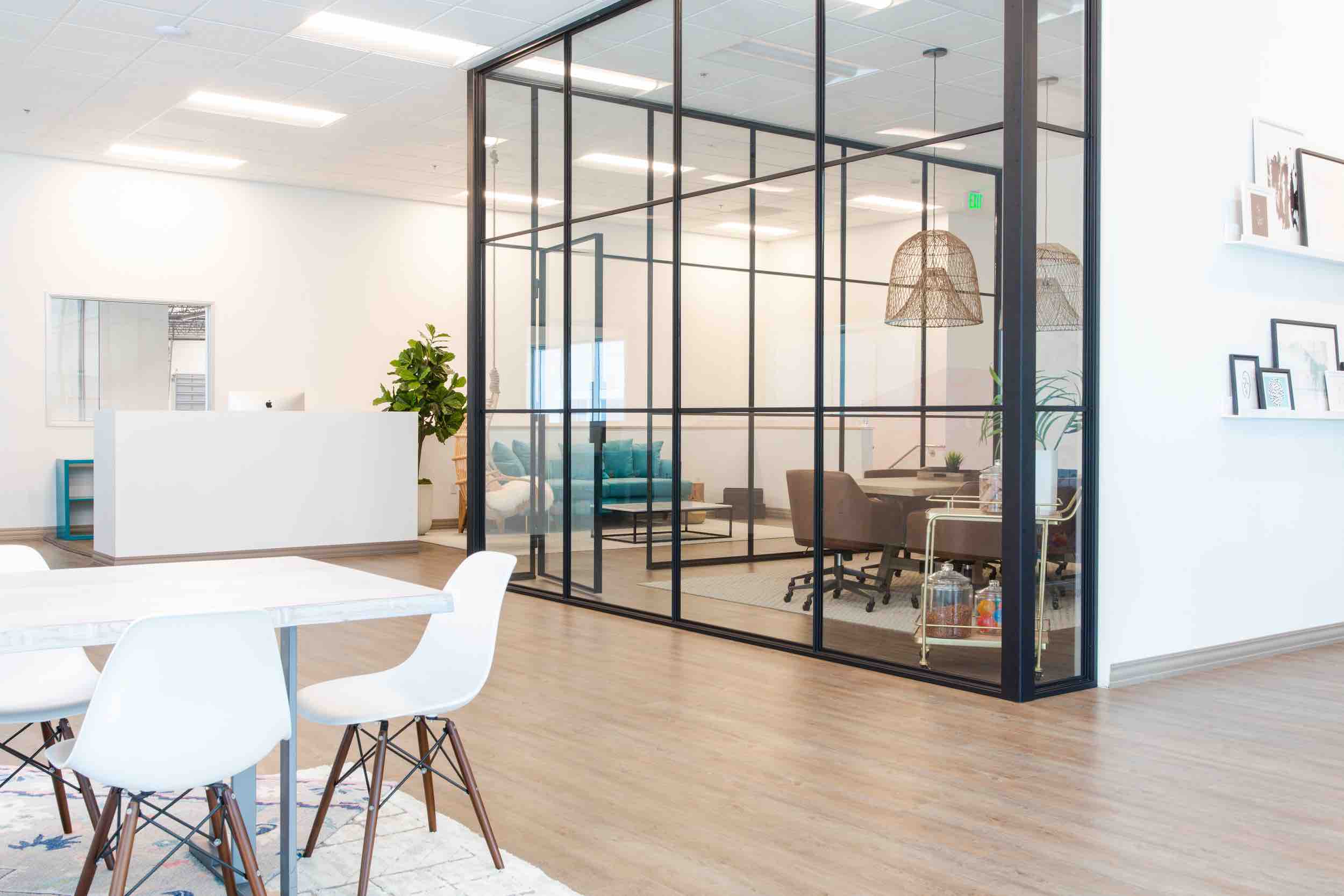

In the fast-paced and technology-driven world of modern workplaces, the importance of creating a conducive and inspiring environment cannot be overstated. One design concept that has gained significant traction in recent years is biophilia, which emphasizes the integration of nature into indoor spaces. In the realm of office interior design, biophilia has emerged as a powerful and transformative force, promoting employee well-being, productivity, and overall job satisfaction. This article explores the significance of biophilia in office interiors and how it contributes to a healthier, more harmonious work environment.
Enhanced Well-Being:
Biophilia is rooted in the idea that humans have an innate connection to nature, and bringing elements of the natural world into office spaces positively impacts well-being. Introducing indoor plants, natural light, and organic materials helps create a more calming and visually pleasing atmosphere, reducing stress and promoting a sense of tranquility among employees.
Increased Productivity and Creativity:
Numerous studies have shown a direct correlation between exposure to nature and improved cognitive function. Incorporating biophilic elements into office design can stimulate creativity and enhance problem-solving skills. A well-designed office space that incorporates natural elements can inspire innovative thinking and boost overall productivity.
Air Quality and Health Benefits:
Plants are natural air purifiers, absorbing toxins and releasing oxygen. Integrating indoor plants into office spaces not only enhances air quality but also contributes to a healthier work environment. Improved air quality can lead to a reduction in common workplace ailments, such as headaches and respiratory issues, fostering a more comfortable and conducive setting for work.
Connection to the Outdoors:
Biophilic design aims to blur the lines between the indoor and outdoor environments. This can be achieved through features like large windows, green walls, or even outdoor workspaces. Providing employees with access to natural light and outdoor views fosters a connection to the external environment, creating a more pleasant and harmonious workspace.
Employee Engagement and Satisfaction:
A well-designed office that incorporates biophilic principles demonstrates a commitment to employee well-being. This, in turn, can positively impact job satisfaction and employee engagement. When individuals feel connected to their surroundings and have a sense of comfort in their workspace, they are more likely to be motivated and satisfied in their roles.

Adaptability and Flexibility:
Biophilic design is versatile and can be incorporated into various office settings, from open-plan workspaces to private offices. This adaptability allows businesses to tailor the design to suit their specific needs and company culture, creating a more personalized and employee-centric environment.
Sustainable Practices:
Biophilic design often aligns with sustainable practices. Choosing eco-friendly materials, implementing energy-efficient systems, and incorporating recycled elements contribute to a more environmentally conscious workplace. This commitment to sustainability not only benefits the planet but also resonates positively with employees who value corporate responsibility.
Biophelia is at the heart of design at Blucap Interiors. As businesses recognize the pivotal role of a conducive work environment in attracting and retaining top talent, the integration of biophilic design principles has become a strategic imperative. By fostering a connection between employees and the natural world, offices can become vibrant, health-promoting spaces that enhance well-being, boost creativity, and elevate overall job satisfaction. Embracing biophilia in office interior design is not merely a trend; it's a holistic approach that acknowledges the profound impact of nature on human experience and productivity in the modern workplace. If you would like to create a biophilic interiors for your office, do get in touch with us now. We are here to help you create it. Connect with us at











:max_bytes(150000):strip_icc()/200291408_332274251802204_6175392313523947569_n-b863206b5abd49cd9cc1953fda321eab.jpg)















:max_bytes(150000):strip_icc()/what-is-a-neutral-color-1973822-03-3fab8b5a361d49638d3de1cbaf579a22.jpg)




